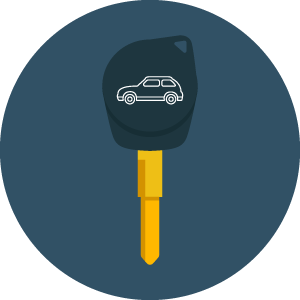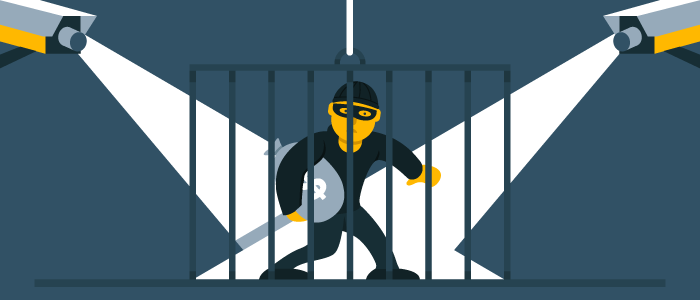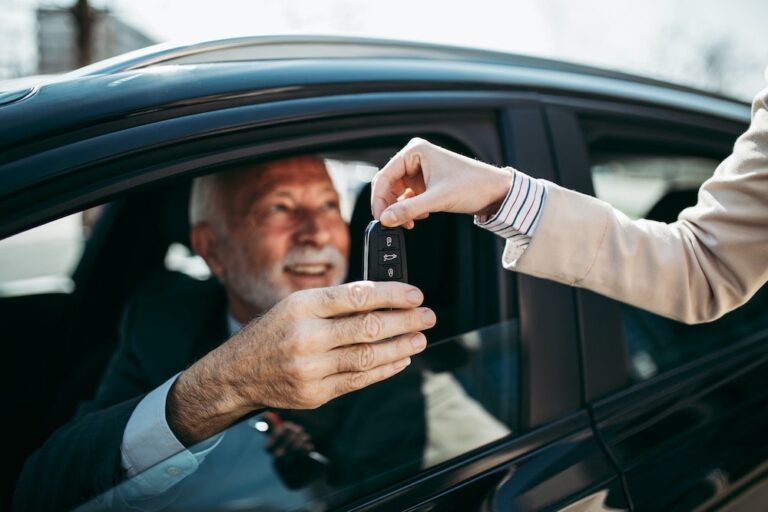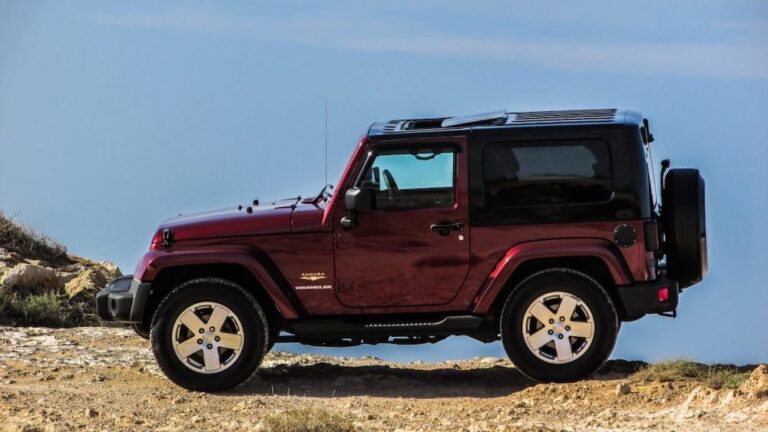Talk to Sales: (401) 200-6026
You invest too much money into your vehicle inventory to make dealership security an afterthought.
According to the FBI’s Uniform Crime Reporting Program, almost 800,000 vehicles were stolen in 2016 showing that car theft has increased by just over 7% since 2015. While these totals are 30% lower than 2007 insights, auto dealers are still concerned about dealership security and what they can do to prevent vehicle theft.
If you’re worried about the possibility of a dealership security breach, then it’s time to think about making improvements before it’s too late. What if the stolen car belonged to a customer in for a service appointment? Or if there was already an agreement on a unit and it was stolen the night before it was supposed to be delivered? It’s critical to put safeguards in place to avoid situations that can ruin your dealership’s reputation.
Maintaining dealership security may require some tools, but most of these tips are free and only require small changes to already existing dealer processes and procedures.
15 Dealership security tips you can’t afford to miss
1. Maintain proper lighting.
Keep the showroom and car lot adequately lit at all times. Most criminals prefer to work without a spotlight.
2. Use security cameras.
Cameras not only enhance dealership security, but the footage is useful anytime you have to file a police report or insurance claim. Make sure the cameras record all areas where vehicles are stored, inside and out.
3. Use wheel locks and install vehicle GPS and immobilization devices.
Some vehicles already have tracking devices built into them, and for cars that don’t, dealerships can equip their inventory with external GPS or immobilization devices to help track or stop stolen vehicles. Tires and rims are also targets of theft, and not all cars come with wheel locks. Be sure to stock up for extra protection.
4. Use indoor storage for valuable or rare vehicles.
Don’t leave extremely sought after cars out on the lot overnight. Always keep them stored inside to help protect from theft.
5. Keep keys and key fobs protected.
Always store keys in a secure location when the vehicle isn’t being driven or delivered. Never keep keys in the ignition, or spares in the glove box, even if they’re parked in the showroom.
6. Enforce a vehicle sign out process.
Keep a log to monitor who’s taking vehicles on and off the lot. A vehicle history log also comes in handy for floorplan audits when the auditor wants to know the location of a unit that’s missing.
7. Secure dealer plates.
Don’t make it any easier for a thief to get away with one of your cars. Always store dealer plates in a locked location and keep an activity log to monitor usage.
8. Make it harder for thieves to tow a vehicle.
The lot attendant should always park cars with e-brakes on, and tires turned sharply in one direction to make it harder for criminals to tow vehicles off the lot.
9. Secure wholesale and trade vehicles.
Most of the time, wholesale or trade vehicles are kept in the back lot of the dealership. Restrict access by storing these units in a secured location.
10. Periodically change locks and passwords.
Always change passwords and locks anytime someone with access is terminated. Especially if the employee left on bad terms. Better to be safe than sorry when it comes to dealership security.
11. Perfect your inventory management process.
Whether you have 50 units or 500, it’s vital to maintain an inventory management process. Compare physical units to the list stored in your CRM to regularly monitor theft and track missing vehicles before your auditor does.
12. Hire security staff.
This step depends on the size of your dealership, but it might come in handy to hire a security guard. If you can’t afford to hire someone to be on the property at night, make sure your security system has internet access and set alerts so you can monitor the lot anytime there is activity after hours.
13. Secure the Service Department.
Service vehicles are also at risk of being stolen. If possible, secure service vehicles in the shop overnight. If they have to be stored outside, keep them blocked in by other cars or parked in a monitored and secured area.
14. Restrict dealership entry points.
It’s a lot easier to monitor dealership traffic with limited points of entry. Use barriers or park inventory strategically to control the flow of traffic, so the lot is easier to watch.
15. Enforce an end-of-day closing routine.
Each department should have an end-of-day closing routine. The office makes sure the cash is secure, service puts away tools and cleans up, and the parts department locks up all inventory. The sales department should also have a closing routine to ensure that all keys, vehicles, and license plates are accounted for. A daily process will help catch any discrepancies before they become a more significant problem.
Dealership security is a team effort.
For theft prevention methods to work, managers need to get team members from each department to take control of the dealership security checklist. If there isn’t a list, create one and keep a copy in the dealership handbook for reference. Review it annually and make changes as needed.
-
Interested in an Affordable, Full-Featured Auto Dealer CRM?
Schedule an AutoRaptor Demo Now!






